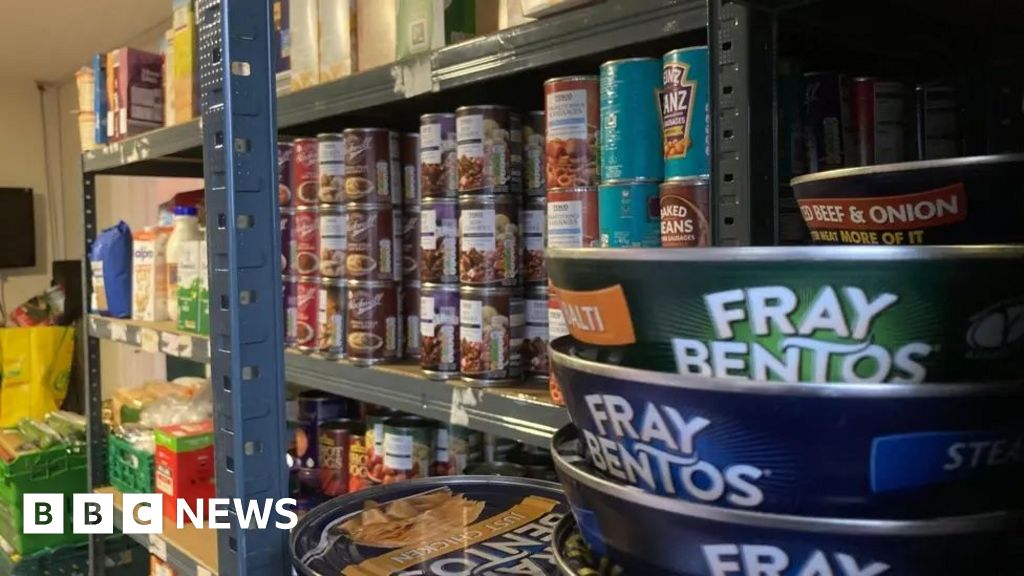ARTICLE AD BOX
 Image source, Getty Images
Image source, Getty Images
Customers queued outside Citibank Moscow after foreign sanctions on Russia were announced
US bank Citigroup has said it will close all of its branches and commercial operations in Russia in the next two to three months.
The move, which affects 2,300 of its staff in the country, follows an exodus of Western businesses from Russia after its invasion of Ukraine.
Citi, the US bank with the biggest presence in Russia, had said it planned to leave back in April.
But it has been trying unsuccessfully to find a buyer for its business.
Citing "complicating factors", the bank now expects the exit to cost it about $170m (£140m) over the next 18 months.
Citi has 15 branches and 3,000 employees in Russia.
"We have explored multiple strategic options to sell these businesses over the past several months," Citi's chief executive Titi Cole said.
"It's clear that the wind-down path makes the most sense given the many complicating factors in the environment."
The bank said that as part of the withdrawal, it will continue to actively pursue sales of "certain Russian consumer banking portfolios" to reduce its exposure to Russia.
At end of June, Citi said its remaining exposure to Russia stood at $8.4bn (£7.1bn).
It announced in April 2021 that it would close many of its retail branches, but expanded the plans to include the withdrawal of commercial banking after the Ukraine war began.
Citgroup joins countless other businesses in exiting Russia, either for moral reasons or because Western sanctions have made it impossible to operate there.
Starbucks, Amazon, McDonald's and Apple are some of the names to have quit.
In February, the US banned American people and businesses from transacting with Russia's central bank, finance ministry and wealth fund.
Russia's central bank said the move would affect customers' deposit accounts, investments, loans and credit and debit cards.

 2 years ago
34
2 years ago
34








 English (US) ·
English (US) ·